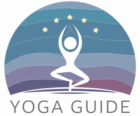Introduction
A pinched nerve occurs when pressure or force is applied to an area of the nerve, sending a warning signal to the brain. Most cases are mild and a person can often be treated at home.
What is a pinched nerve?
Radiculopathy, also known as peach nerve. Occurs when a nerve fiber or set of nerves is injured, resulting from compression contraction or stretching.
Reliable sources of symptoms include:
numbness
‘Pins and needles’ or inflammation
Pain radiating outward from the injured area.
Pinched nerves can occur anywhere in the body, most commonly in the neck, back, elbows, and wrists. Carpal tunnel syndrome is caused by nerves in the hand. Pressed or pinched as it passes through the medial wrists. Tennis elbow and peripheral neuropathy are conditions in which pinched nerves can resemble nerves. In which a person experiences numbness, pain and tingling in the hands or feet.
Read More 5 Effective Asanas To Strengthen Your Back, Neck, Shoulders
Certain factors put you at a higher risk of having a nerve puncture
• Obesity
• Pregnancy
• Diabetes
• Family history
• Repetitive motion
• Injury
• Poor posture
• Lifting or turning is wrong
• Keeping the body in a certain position for a long time
Yoga Asana for a pinched nerve in the neck
1. Side bend
Side bends build strength while helping to reduce neck and back stress.
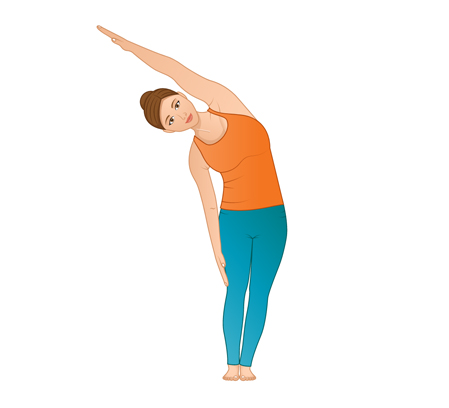
How to do
1. Stand with hands on head.
2. Neck and head should be kept straight.
3. Lean gently to the right and then to the left without bending the body forward.
4. Repeat ten times.
Read More 3 Amazing Gentle Yoga Poses for Post Surgery Recovery
2. Head turns
Head turning can re-store the range of motion. But they may find it difficult at first.
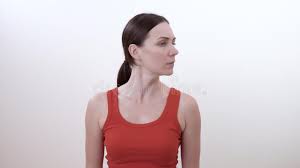
How to do
1. Sit or stand in a neutral position. Then turn the face to one side to look over the shoulder.
2. Hold this position for five seconds.
3. Heads should return to their neutral position.
4. This time again turn to the other side.
5. This should be repeated ten times.
3. Shoulder rolls and shrugs
Moving the shoulders helps to reduce the stress on the neck. For some people, it can also relieve headaches caused by pinched nerves and muscle tightness.
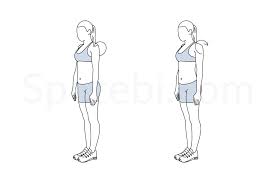
How to do
1. Raise and lower the shoulders gently for 30 seconds.
2. Rest for a few seconds and roll the shoulders forward and up towards the ears and back down, pushing the shoulder blades together.
3. Repeat this movement for 30 seconds. Then do it in the opposite direction.
Read More 5 Amazing Yoga Poses For Spinal Cord
4. Child’s pose
Child’s pose is especially helpful for people with neck problems.

How to do
1. Start this festival by sitting on your heels. Keep the top of the foot flat on the floor.
2. Move the body forward until the thighs are complete.
3. Place the hands flat on the floor and extend straight out above the head.
4. Hold this position for 30 seconds.
5. Chin tuck with extension
You can add extra movement to the chin tuck. This will help stretch your neck in a different direction. For some people, this exercise can cause dizziness. You should avoid it if you have a problem with dizziness.
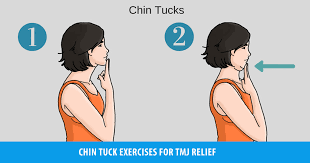
How to do
1. Pull your head back to tuck your chin.
2. Gently bend your head to the ceiling.
3. Come back to chin tuck and relax.
4. Perform this asana five times on both sides and repeat the set two times.
Other treatments
The pinched nerve fibers themselves can occur. However, if home rest and gentle stretching do not improve, a person can go to a doctor for treatment.
Treatment usually focuses on reducing pain and preventing secondary injuries, in addition to exercise and physical therapy recommended by doctors.
• Neck stabilization collar
• Nonsteroidal anti-inflammatory drugs (NSAIDs),
• Cold therapy with ice packs
• Massage therapy
• Surgery as well as in rare cases
Summary
In the above session we have mentioned five asanas which you can practice to reduce the pain caused by many injuries and diseases. For many people, individual physical therapy results quickly and significantly improves strength and mobility. But, if the pain doesn’t go away from time to time, the doctor may recommend other alternative treatments. Individuals who experience chronic deafness or neck pain should consult a physician before attempting exercises for pinched nerve.
